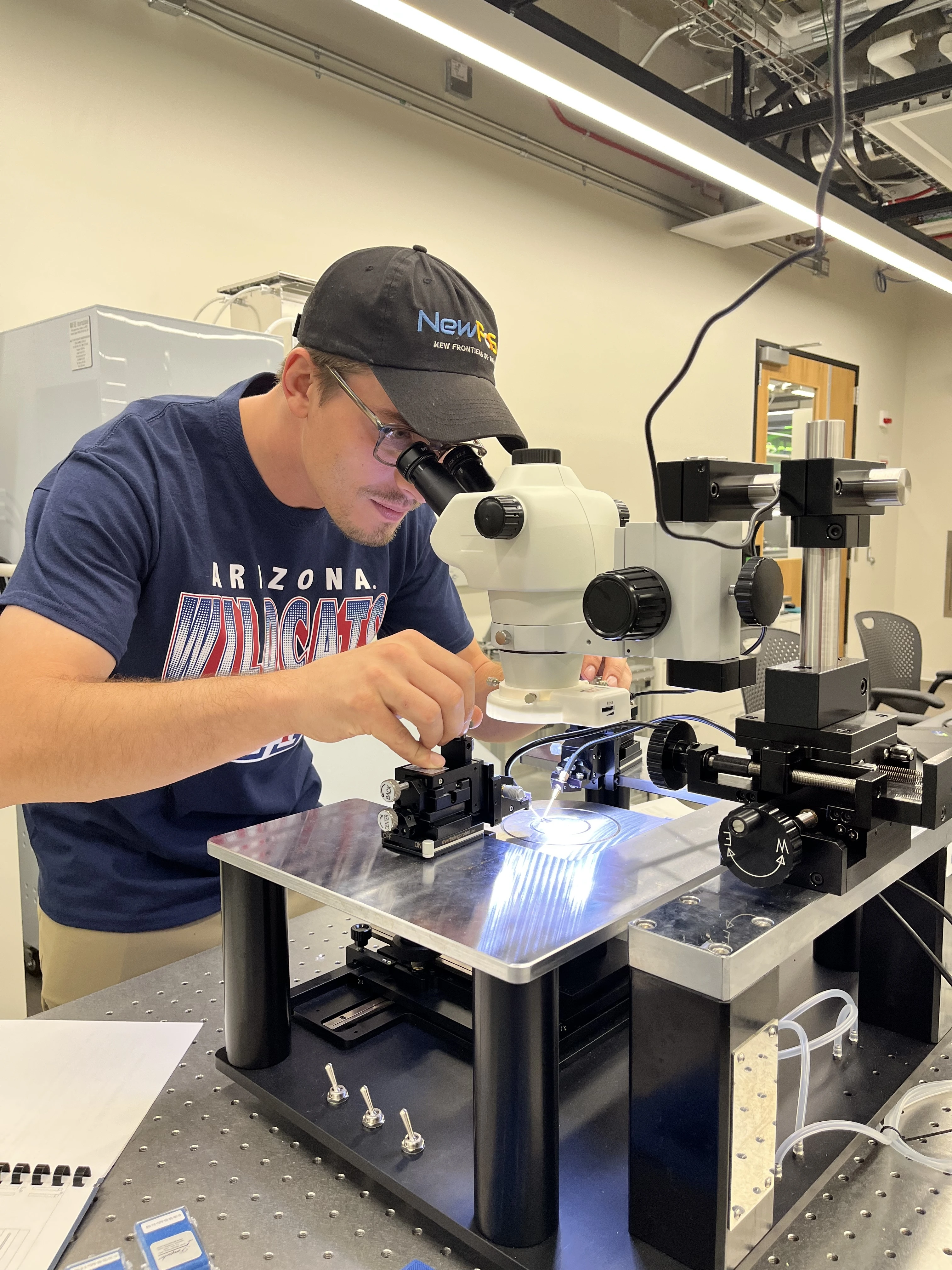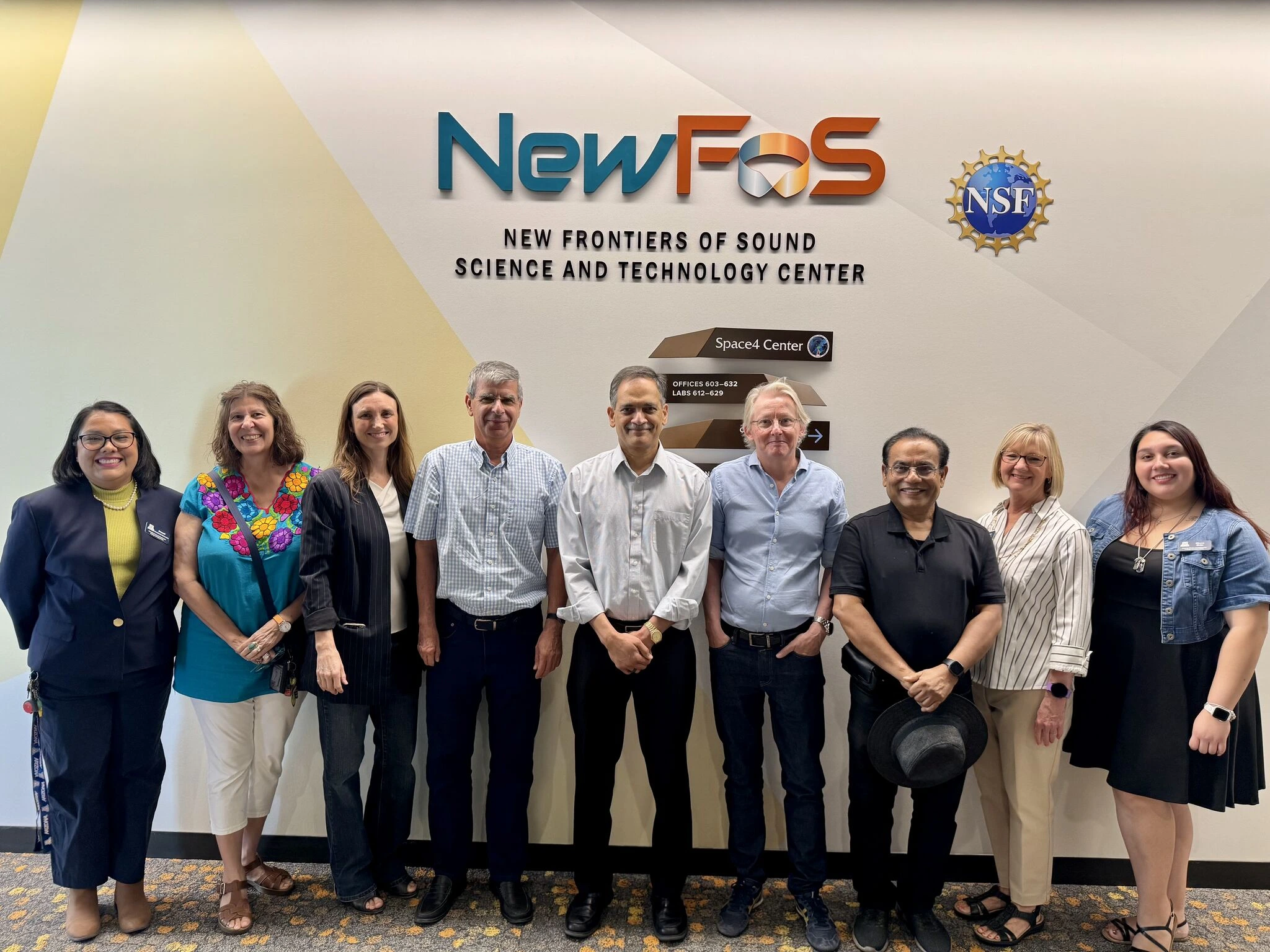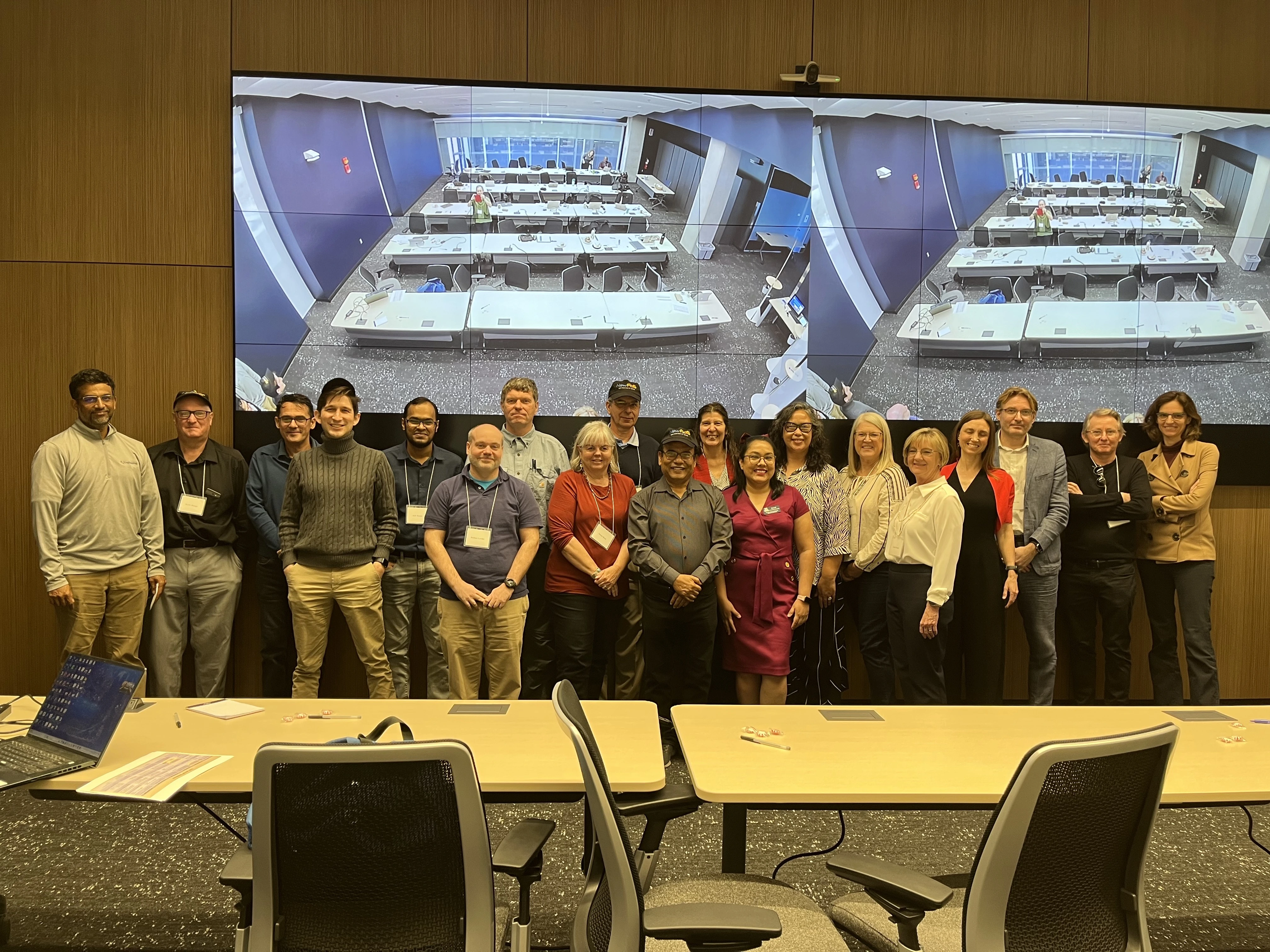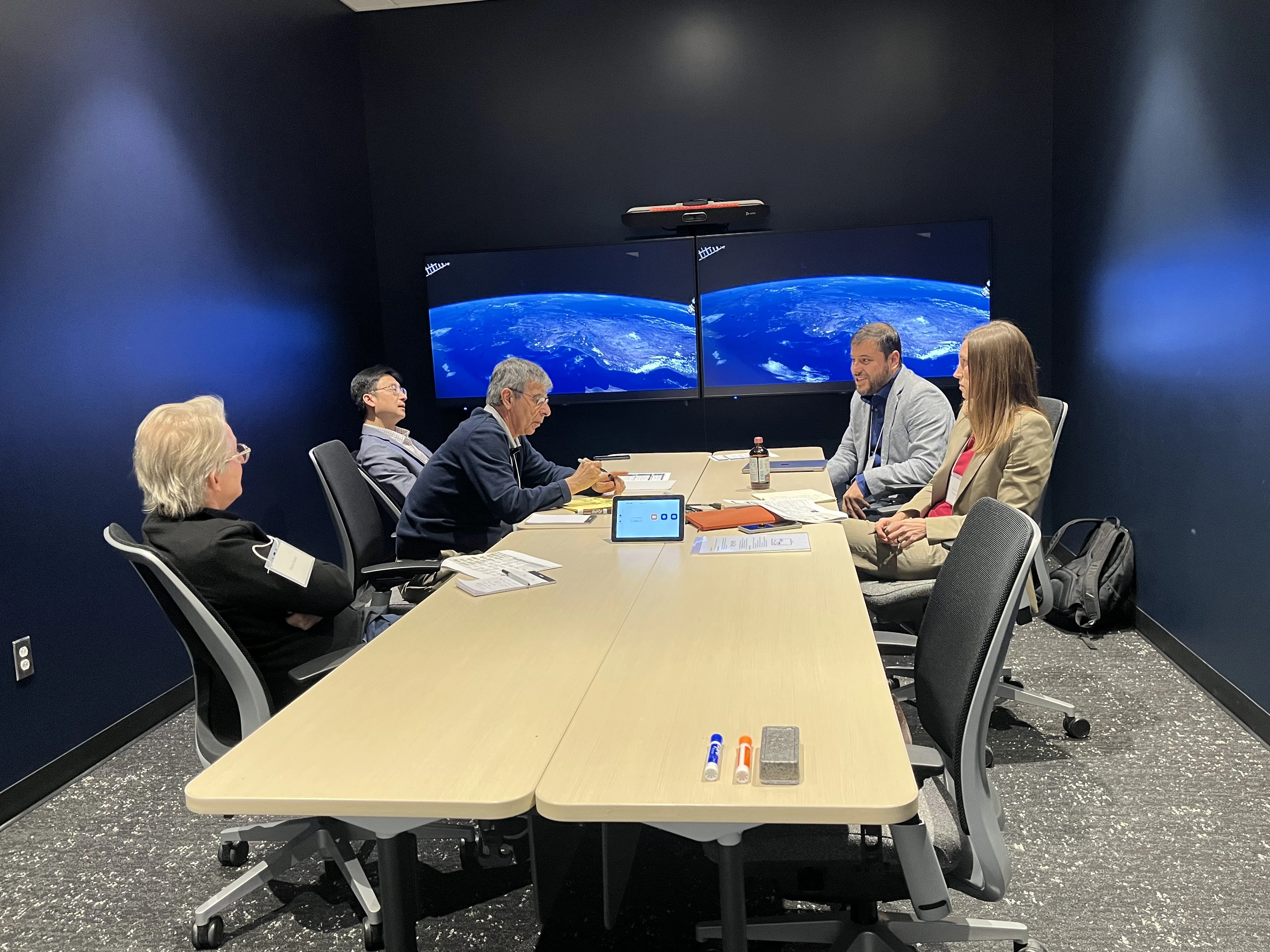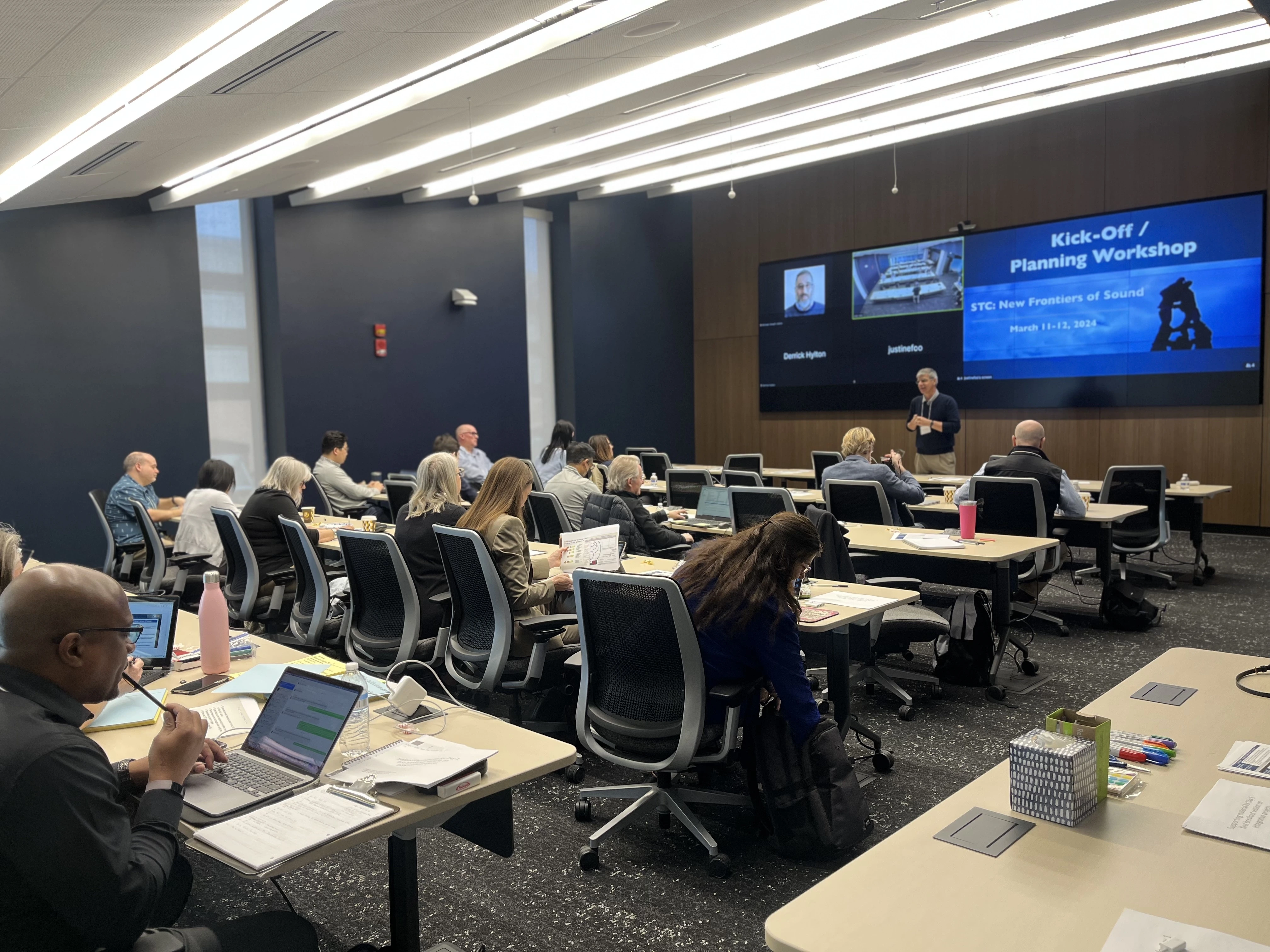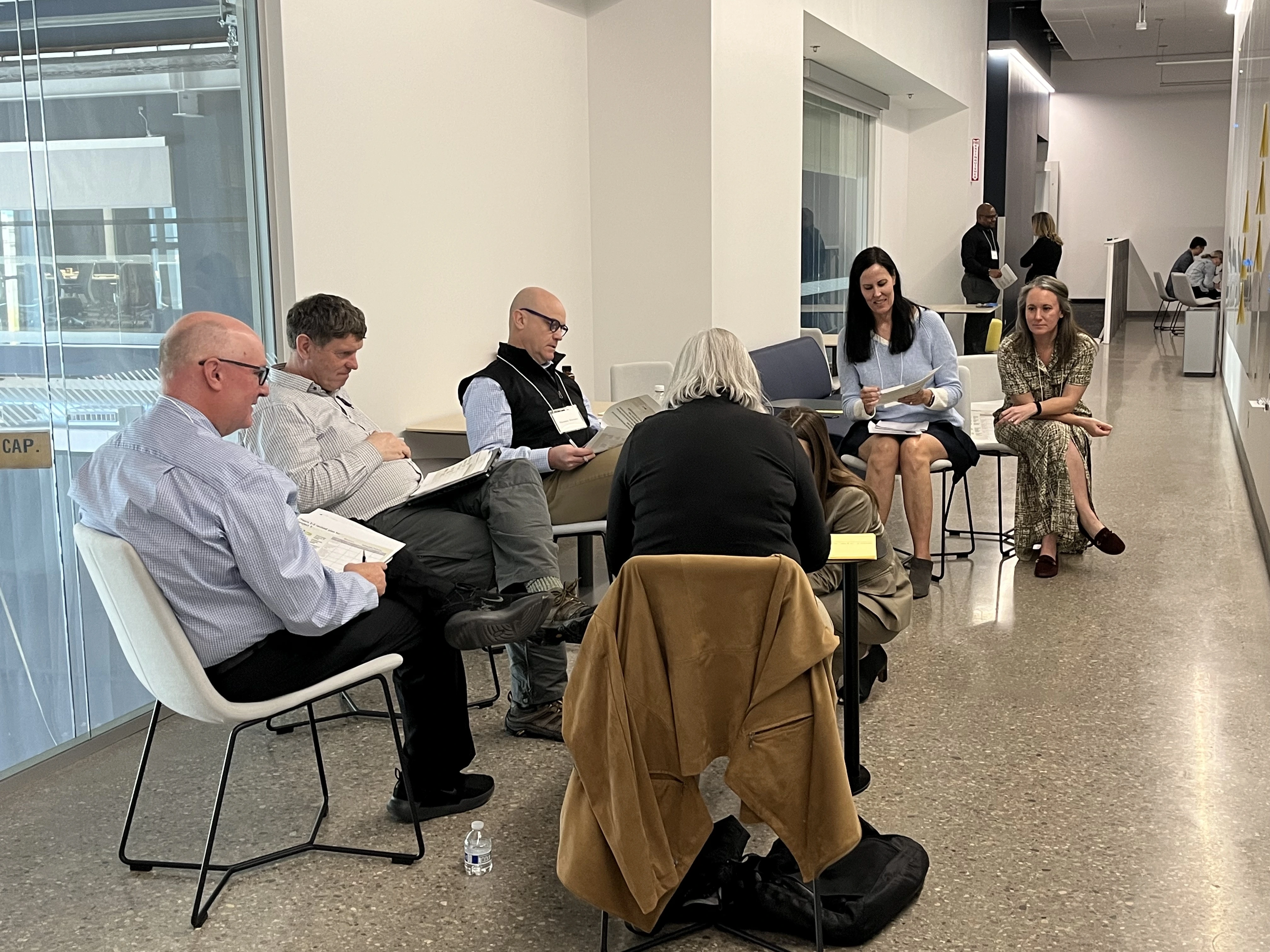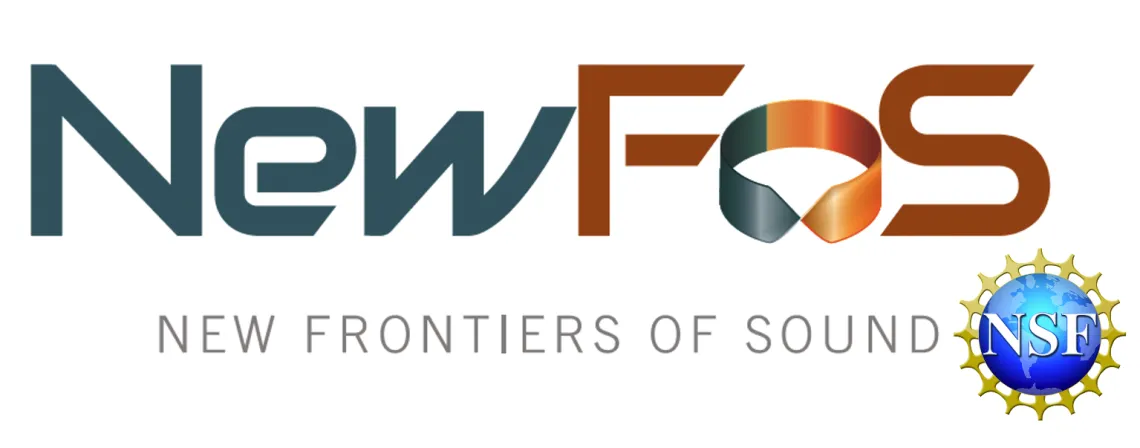
NewFoS research focuses on the application of the emerging field of topological acoustics to a wide variety of research areas. Topological acoustics allows researchers to observe and exploit properties of sound that were previously invisible, similar to viewing the field with a fresh set of eyes—or, better yet, listening to it with a new pair of ears.
Having such precise control over soundwaves could revolutionize areas including computing, telecommunications, and sensing. Quantum-like computing capacity, improved battery life for electronics, and sensing changes in aging infrastructure or the natural environment due to climate change are just a few applications for this growing field.
Meet the director of NewFoS
Pierre A. Deymier is a professor of materials science and engineering at the University of Arizona. He is director of the NSF-funded New Frontiers of Sound Science and Technology Center. He is also a faculty member in the BIO5 Institute, biomedical engineering program and applied mathematics graduate interdisciplinary program. He was head of the Department of Materials Science and Engineering from 2011 to 2021 and director of the School of Sustainable Engineered Systems during the period 2009-2017. Deymier received his PhD from the Department of Materials Science and Engineering at the Massachusetts Institute of Technology in 1985 and subsequently joined the University of Arizona.
Deymier has a wide range of interests in the field of materials science and engineering including materials theory, modeling and simulation, the emerging field of acoustic metamaterials and phononic crystals and topological acoustics as well as biomaterials. He is the author or co-author of more than 280 scholarly products. He is the editor, author or co-author of three books:
P.A. Deymier Ed., “Phononic crystals and acoustic metamaterials,” Springer Series in Solid-State Sciences, 173, Springer, Berlin, (2013);
P.A. Deymier, K. Runge and K. Muralidharan (Co-Eds) “Multiscale Paradigms in Integrated Computational Materials Science and Engineering,” Springer Series in Materials Science, 226, Springer, Berlin, (2015); and
P.A. Deymier, K. Runge, “Sound Topology, Duality, Coherence and Wave-Mixing: An Introduction to the Emerging New Science of Sound,” Springer Series in Solid-State Sciences, 188, (2017).
The NewFoS Science and Technology center, located at the University of Arizona's Grand Challenges Research Building, brings together researchers working in topological acoustics from partner institutions including the California Institute of Technology, the City University of New York, the Georgia Institute of Technology, Spelman College, the University of Alaska Fairbanks, the University of California, Los Angeles, the University of Colorado Boulder, and Wayne State University.
Stakeholder meeting, January 13-14th, 2025
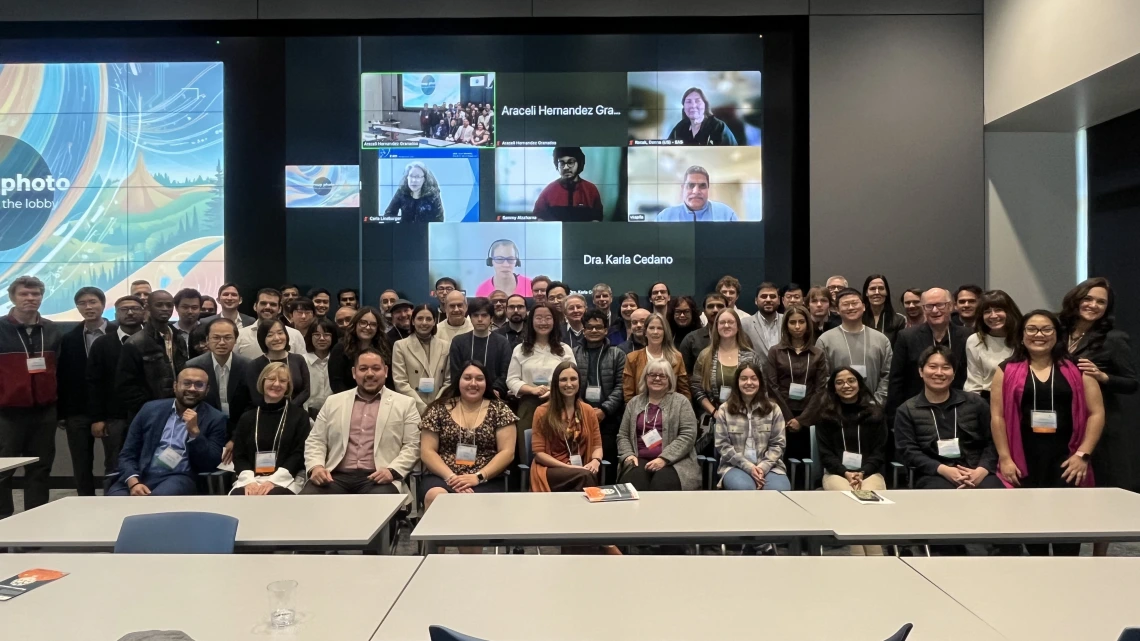
NSF site visit, June 4-5th, 2024

Kick off meeting, March 11-12th, 2024
Presentation of NewFoS
Gov. Katie Hobbs and University of Arizona President Robert C. Robbins discussed the university's New Frontiers of Sound, a National Science Foundation Science and Technology Center funded by a five-year, $30 million grant from the NSF.
Projects, outputs and outcomes
Education (Convergence Education) Goal: NewFoS will broaden the impact of the research by (1) developing the pedagogical and TA-based resources for the next 50+ years of accessible acoustic education, and (2) increasing the research and industry workforce in TA.
OUTCOMES:
- NewFoS will produce a new generation of educational materials for the science and societal application of topological acoustics.
- NewFoS will grow the next generation of competitive researchers trained in how to teach topological acoustics and its applications to solve real world problems in information science, telecommunication, and sensing.
- NewFoS will grow a new and skilled workforce trained with working knowledge of topological acoustics and its role to address real world problems in information science, telecommunication, and sensing.
Broadening Participation (Mentoring Ecosystem) Goal: NewFoS will recruit and retain a competitive workforce through a Mentoring Ecosystem by creating pathway experiences into TA research and workforce opportunities.
OUTCOME:
- NewFoS researchers, staff, and students are a part of a robust team mentorship network to further student academic success through gaining technical and professional skills.
The three major Knowledge Transfer (KT) objectives of the center are:
•KT between members to robustly integrate our research and education among all team members.
•KT with industry to rapidly translate our scientific breakthroughs into new technologies.
•KT with policymakers, community leaders, and society to effectively inform the widest possible audiences and societal needs.
The KT team will conduct and guide knowledge transfer i) between members of the NewFoS center, ii) between the center and industry partners, and iii) between the center and policymakers, community leaders, and society.
NewFoS Communication: The KT team will be attending and contributing to regular in-person and virtual meetings organized around the research plan pillars of the center.
Intellectual property (IP): All participating institutions are parties to the NewFoS IP Management (IPM) agreement which enables open, productive discussions and collaborations. IP training will be provided to all members of NewFoS including undergraduate students, graduate students, post-docs, faculty, and staff by experts in the field.
Shared Facilities Workflow: Work sponsors in the NewFoS Multiscale Panspectral Acoustic Testing Shared (MPATS) facilities can be at different partner institutions.
Data Management: NewFoS generated data will be managed using FAIR (findable, accessible, interoperable, and reusable) data principles, which will set the standard for the general TA community.
OUTPUT: World-first ambient operation tabletop 50 phi-bit quantum-inspired information processing platform
OUTCOME: Decoherence-free, measurement-able, operable, correlated, geometric phase-based massively parallel computing modalities complementary to quantum computing that does not suffer from quantum fragility.
OUTPUT: Microscale TA wave device with ultralow loss, tight temperature drift, 5G-exceeding data transfer rates, and multiplexing and tunability functionalities
OUTCOME: CMOS compatible and laser-induced writeable and rewritable materials platforms for fabrication of TA RF devices and for extending the range of applications of TA-based AW technologies.
OUTPUT: High-sensitivity, km-scale field tested TA-seismic subsurface sensing testbed that respects the Interagency Arctic Research Policy Committee's code of conduct.
OUTCOME: Practical, predictive, high-sensitivity, multi- scale low-cost TA-based sensing modalities for continuous monitoring of built and/or natural environments.
- Hidden symmetry for topological phenomena: For instance, topological protection against scattering, a key property for the design of low loss TA wave devices, exploits (a) the orthogonality of counter-propagating waves resulting from breaking inversion symmetry of pseudospin TA waves, and (b) the absence of a counter-propagating waves resulting from breaking time-reversal symmetry of TA waves.
- Effect of nonlinearity on topological properties: Non-symmetry breaking topological order may arise in strongly correlated systems even if there is an apparent lack of long-range order as measured by local order parameters.
High-sensitivity topological phenomena: Among the topological properties of sound that have recently been uncovered, a few have emerged that are highly sensitive to parametric changes of governing physical properties.
NewFoS Core values







